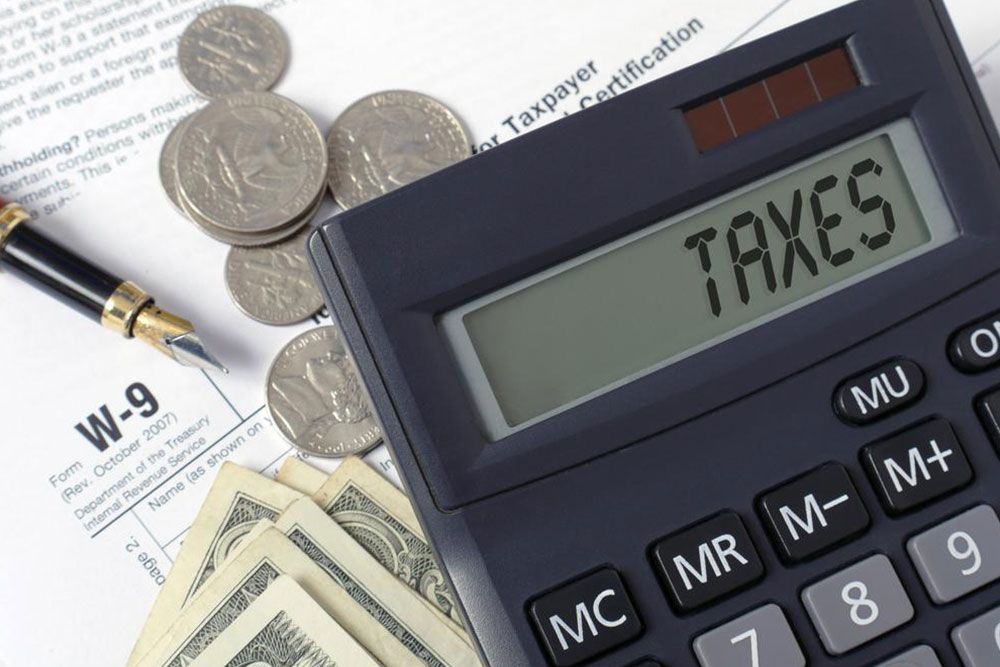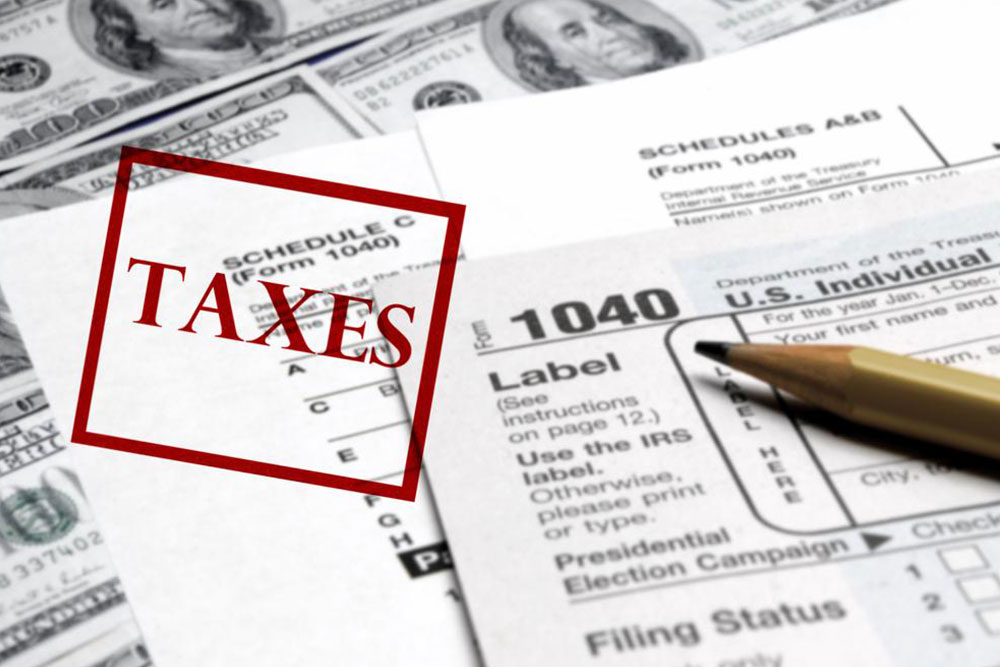Comprehensive Guide to Tracking Your E-File Tax Refund Status
This comprehensive guide explains how to efficiently track your e-file tax refund status, including timing, necessary information, methods of check, and tips for faster updates. Learn how to stay informed throughout your refund process, whether you filed electronically or via paper, and understand available tools for quick monitoring and accurate estimates.

Comprehensive Guide to Tracking Your E-File Tax Refund Status
Filing your annual income tax return is an essential task that many individuals and businesses undertake each year. The process, while straightforward, often involves a waiting period before you see your refund reflected in your bank account or on your cheque. Understanding how to monitor the progress of your e-file tax refund can significantly reduce anxiety and help you better plan your finances. Thankfully, the IRS provides several resources and procedures to check your refund status efficiently, making the entire process far less stressful than it used to be.
When Should You Check Your Tax Refund Status?
The optimal time to check your e-file tax refund status is approximately 72 hours (or three days) after the IRS confirms receipt of your electronically filed return. This timeframe allows the IRS to process and verify your submission before providing an update. If you submitted a paper return, the waiting period extends to about three to four weeks. Typically, the IRS processes refunds within 21 days of accepting your return, although this can vary depending on several factors such as the complexity of your return or any discrepancies.
For those who prefer expedited refunds, choosing direct deposit often results in faster receipt—sometimes within just 7 days of acceptance—compared to receiving a paper check. Knowing when and how to check your refund status can streamline your financial planning and give you peace of mind.
What Information Is Required To Check Your Refund Status?
Before you start tracking your tax refund, ensure you have your essential documents ready. These include a copy of your filed tax return, your Social Security Number (SSN) or Individual Taxpayer Identification Number (ITIN), your filing status (such as Single, Married Filing Jointly, Head of Household), and the expected refund amount. Having these details at hand will facilitate a quick and accurate check of your refund status.
Practical Steps for Tracking Your Refund
Begin your monitoring by visiting the official IRS website or trusted third-party tax assistance platforms authorized for such inquiries. You can check whether your return status reads Not Filed, Pending, Accepted, or Rejected. If your return has been rejected, review the rejection reason, make the necessary corrections, and resubmit promptly. Once your return is marked as accepted, your refund process officially begins.
There are several methods available for receiving your refund: direct bank deposit (which is typically the fastest), deposit via e-Collect (which may involve some fees deducted upfront), IRS-prepaid cards mailed to your address, or traditional paper check sent through the mail. To estimate the date of your refund, use the IRS's refund estimator tool—most platforms provide an earliest and latest expected refund date based on your submission date and chosen refund method.
You can start checking your refund status as soon as the earliest estimated date arrives. Using trusted sources such as the IRS website or established third-party services enhances the accuracy of your check. Alternatively, the IRS offers a 24/7 automated hotline that provides status updates in both English and Spanish. When calling, it’s wise to have your filing details ready for rapid and precise information retrieval.
For additional assistance or any further questions, consult the official IRS website or contact their customer service helpline. With these tools and resources, monitoring your e-file tax refund has been made simple and reliable, allowing you to stay informed about your financial return at all times.





